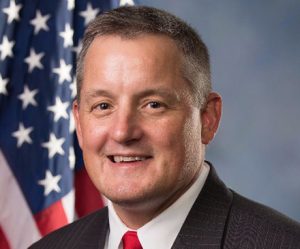US Republican Bruce Westerman introduced the Trillion Trees Act, legislation that would plant one trillion trees globally by 2050 and incentivize the use of wood products as carbon sequestration devices. Source: Timberbiz
“Trees are the ultimate carbon sequestration device,” Mr Westerman said. “Every day, countless billions of plant cells are pulling carbon from the atmosphere and permanently storing it in wood. That’s why this legislation is so important.
“We’re taking proven science and turning it into practical solutions. Not only are we setting an ambitious goal of planting one trillion new trees by 2050, but we’re also reinvesting resources into managing forests and using wood products.
“Since wood continues storing carbon long after the tree is cut down and turned into furniture or building materials, there is no limit to how much carbon we can sequester. We have an obligation to conserve our resources and make them available to future generations, and I challenge anyone to find a better climate solution than taking care of our forests. I’m pleased to have so many of my colleagues joining me in this effort, and I look forward to moving this bill through the legislative process.”
It is expected that the Trillion Trees Initiative will work with the private sector to reduce carbon across the planet to protect the environment.
The legislation will increase logging output, recognize the carbon neutrality of biomass, and provide a solution to carbon in the atmosphere without driving up the cost of energy.
It is estimated that planting half a trillion trees could reduce atmospheric carbon by approximately 25%.
The Trillion Trees Act is based on a July 2019 Swiss report featured by the American Academy for the Advancement of Science that concluded planting one trillion trees across the world could sequester 205 gigatonnes of carbon. That’s roughly the equivalent of two-thirds of all manmade carbon since the Industrial Revolution.
The bill has three parts:
- Plant more trees in urban areas and on marginal agriculture land domestically while offering technical support and assistance for other countries to maximize forest growth internationally and reverse deforestation.
- Grow more wood in existing forests and make them more resilient to insects, diseases and catastrophic wildfires.
- Store more carbon by incentivizing innovative building practices with a sustainable building tax credit.






